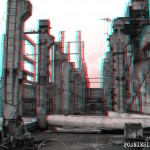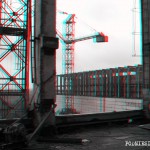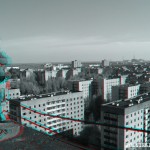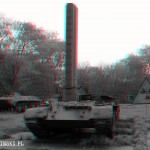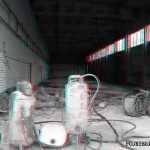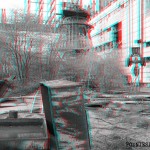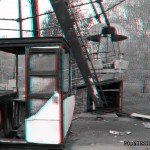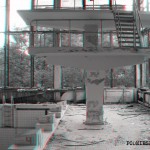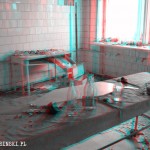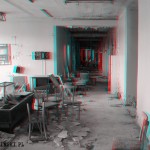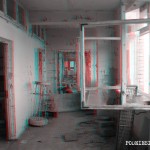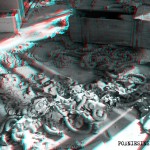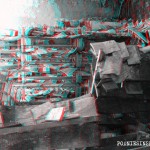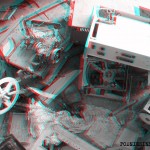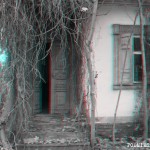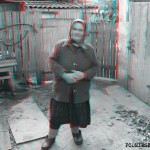The images for the film are finished! We were only missing pictures of the nuclear plant itself for the set. Therefore, the most important goal of this autumn’s journey was obtaining the necessary permits and entrance to the terrain of the plant. And it was not easy. Permission to enter may only be obtained by workers of other power plants or scientists working in connection with nuclear energy. Journalists are also refused entry. So it was a great joy when we finally succeeded!
This autumn’s trip was also dedicated to finishing up some shots which weren’t done in spring when the main part of the film was shot. And things that were out of focus, or I forgot to turn on the camera at the key moment. We also reached a couple new places.
Also, again we noticed many changes which occurred since out last trip (in spring). And that is what we will start this latest report with. Part of the changes is, of course, the influence of nature, more frequent rain. Water starts to drip through increasingly leaky roofs to increasingly lower floors, destroying everything on its way. Damp destroys the remains of furniture, wallpaper, items left there. In the middle of rooms, small trees grow which sooner or later will bring further destruction with their roots. The result is such that whole floors, and even buildings, increasingly frequently threaten to collapse. It is especially necessary to watch out for balconies which tend to collapse first. There are already 2 buildings in the zone which have at least partly collapsed and more parts of which may fall off at any moment. The result? During the last visit going up to the roofs was strictly forbidden. At least in theory.

Further changes are the result of people’s actions. These can be divided into two groups. The first is tourists who, to a large extent, contribute to the devastation of the zone and the items remaining there. The second group is people who dismantle the most valuable items in the zone, I don’t know whether or not they are doing this legally. And what could the most valuable thing in the zone be? Metal, of course. Not precious metals, but ordinary ones. Metal from cars, metal from construction works and the remains of machines found there. Everywhere you can see containers and oxy-acetylene torches, sometimes working people, too. In this very way block 5 and 6 of the reactor are disappearing. Not only the equipment inside the building is disappearing – but also even one of the building’s roofs. Entrance onto the roof of block 5/6 was already technically difficult before, now it is a truly reckless endeavour :)
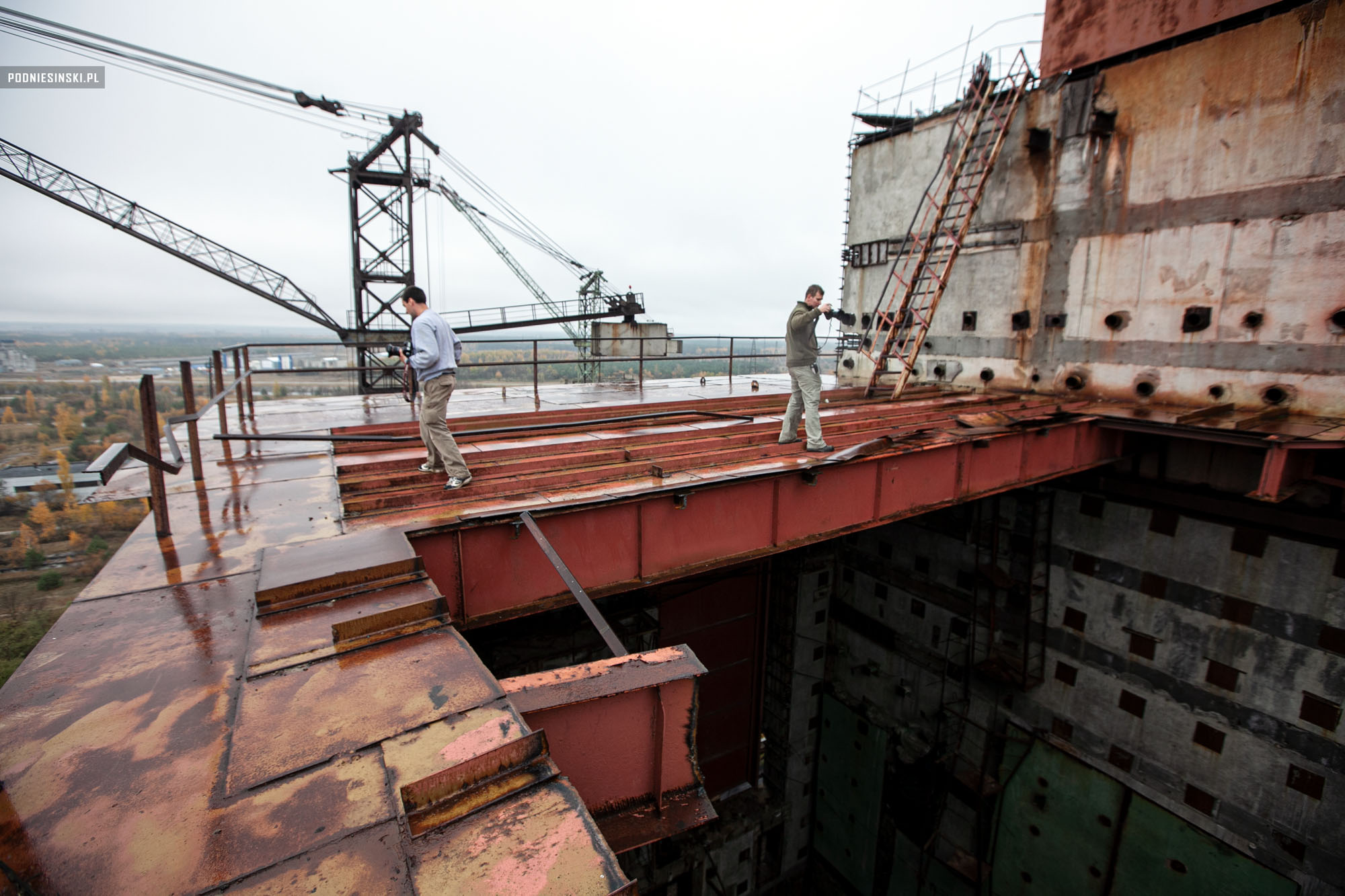

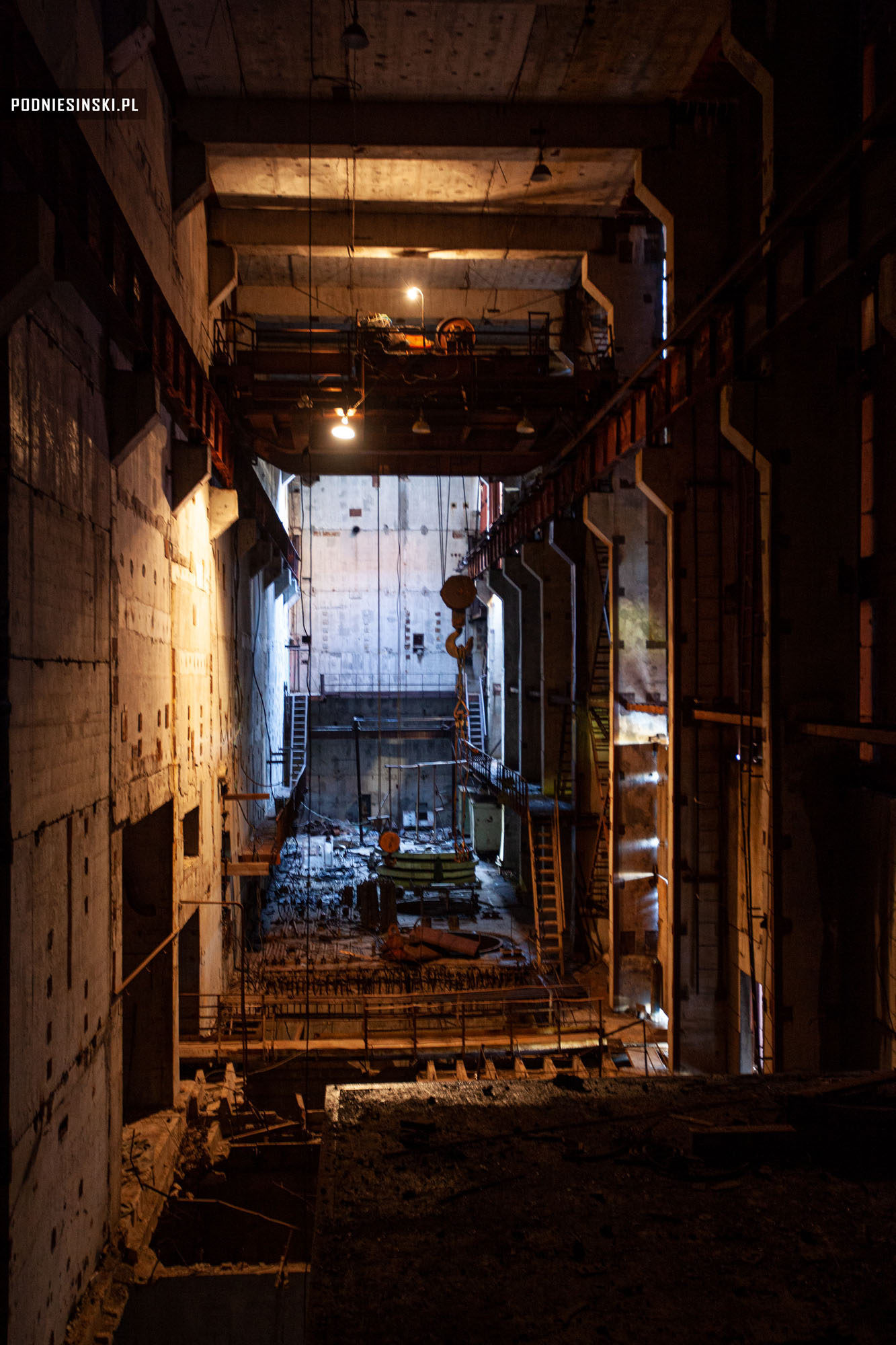
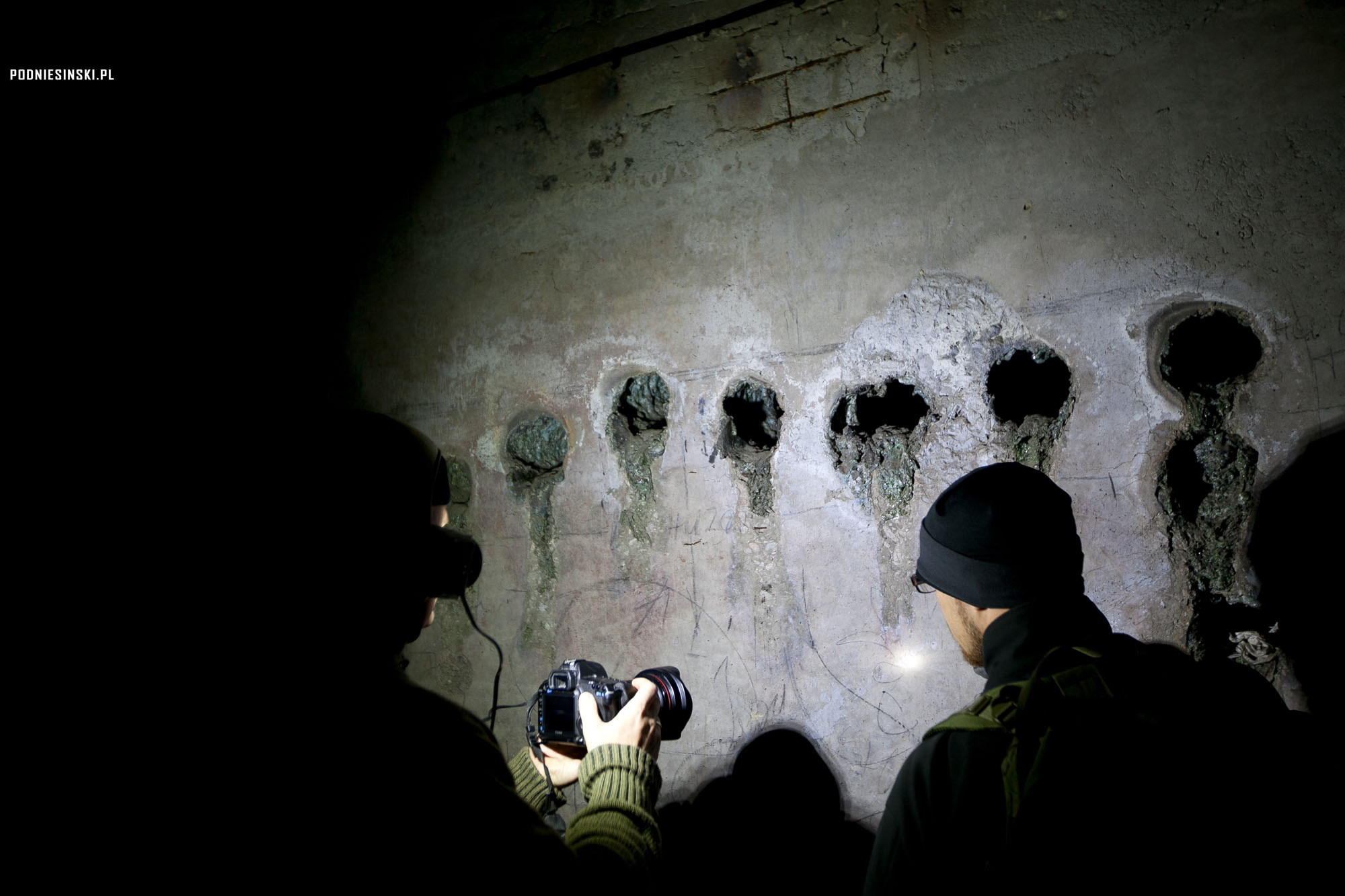
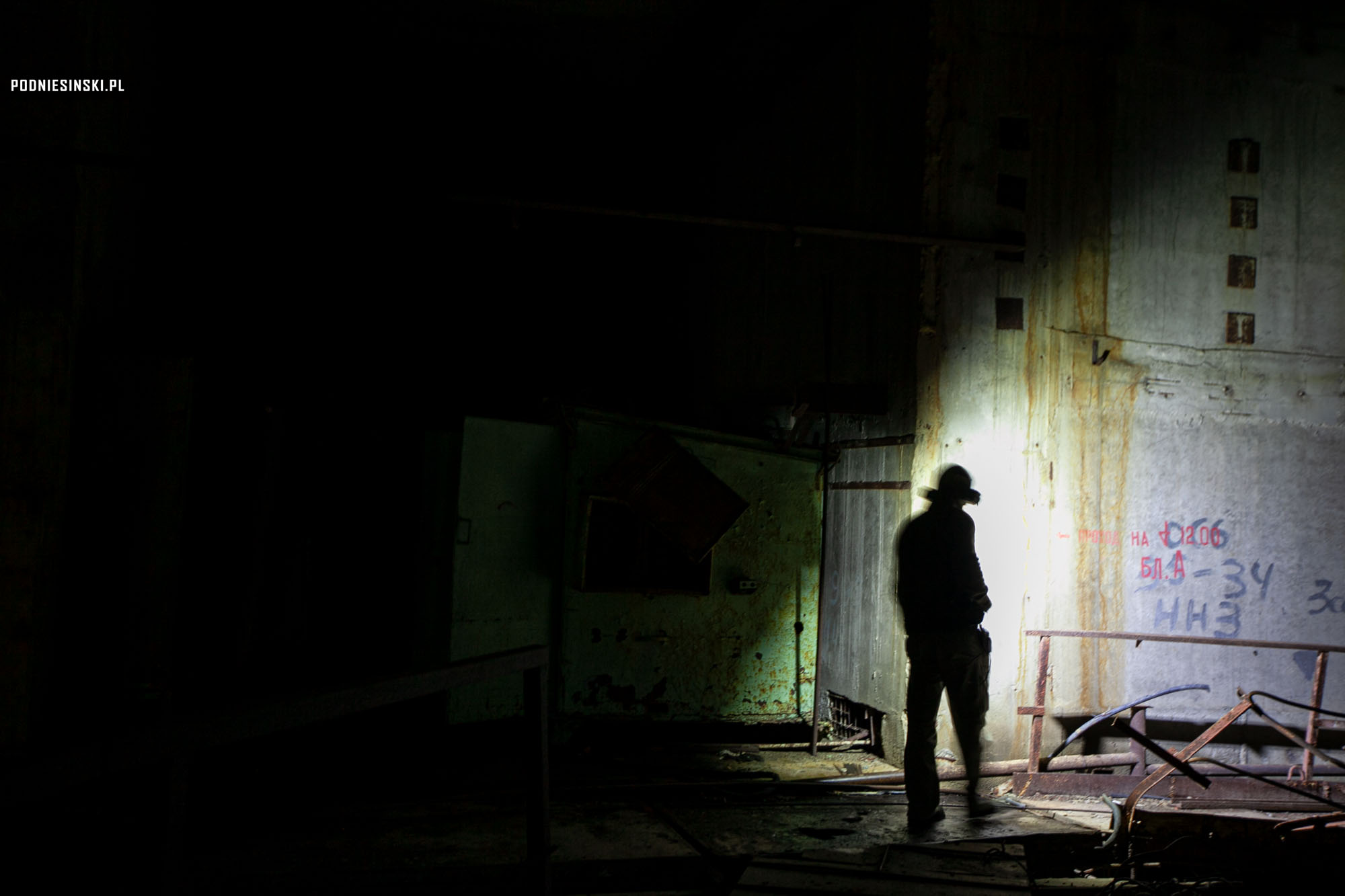
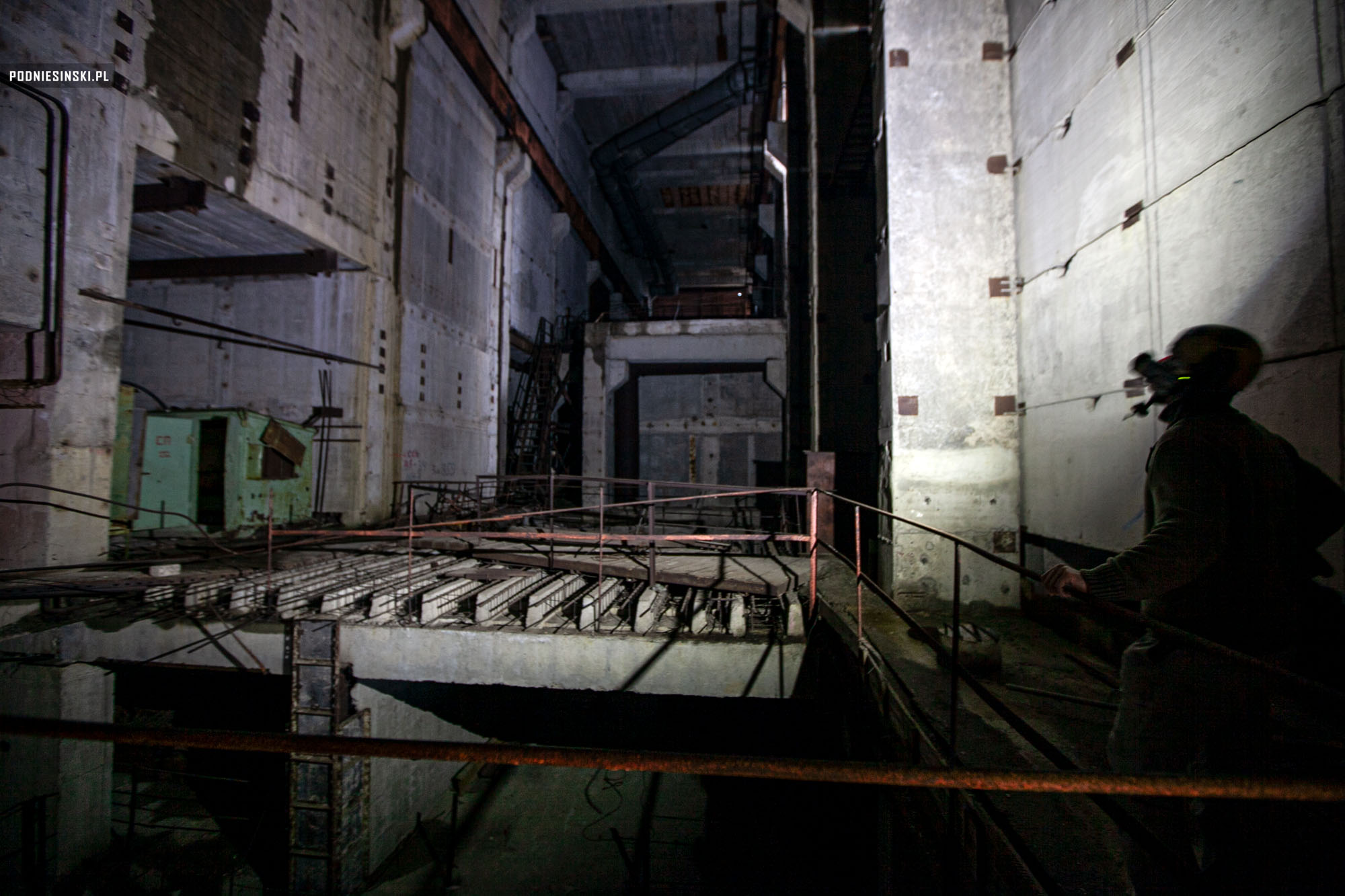

And now the zone is disappearing. Irretrievably. At moments like these I really regret that I didn’t start coming here 10 years ago instead of only 3. And at the same time I’m glad that during these 3 years I was able to collect such substantial photographic material. Most of these objects will certainly disappear soon. Only the concrete skeletons will remain, and nature will finish the job on its own.
But as some of you surely know, block 5 and 6 are not the most metallic constructions in the zone. What has more metal and is located in the zone? The Moscow Eye, of course. The antenna is also a great temptation for scrappers. Note what lies at the foot of the antenna. One thing is certain, it did not fall down by itself. At the ends of each element, you can see clear cuts from torches.
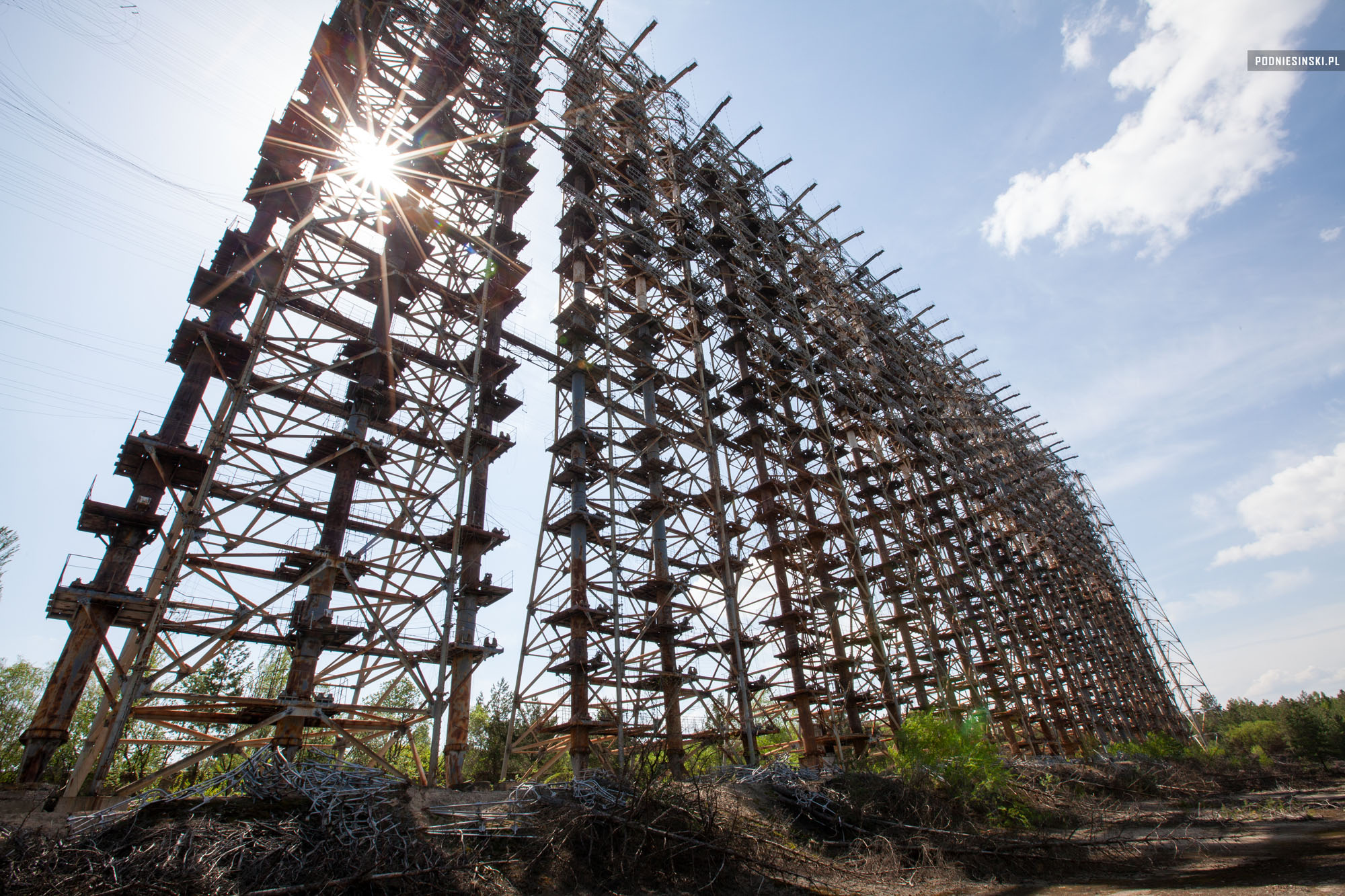
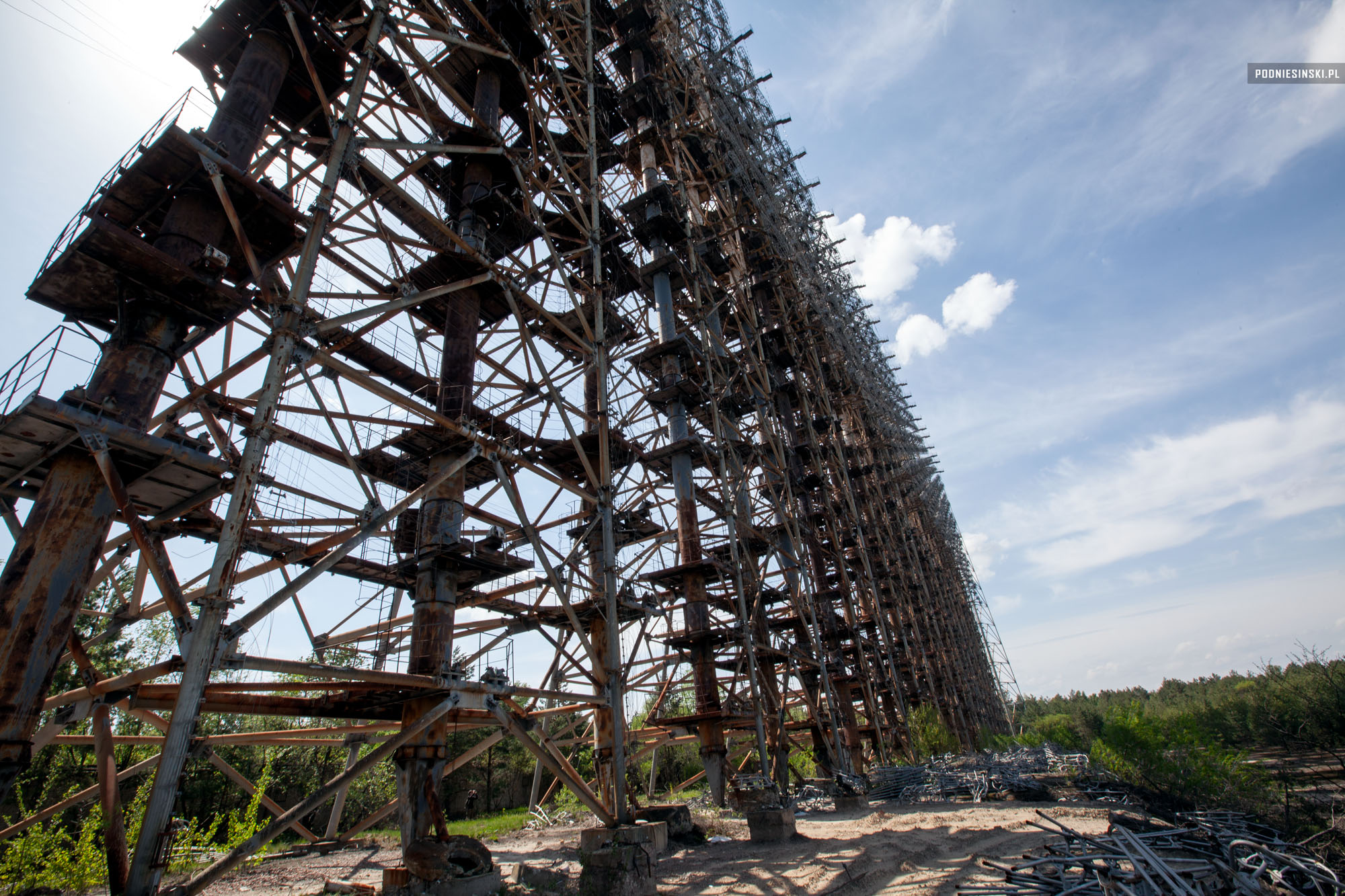
Of course, during this trip we also visited all the most important buildings and places which were the subject of my previous reports. As in the previously described places, we want to see the changes that are inevitably taking place everywhere. But I won’t bore you with pictures of the same places again. For a change, I will show you something different, the work of the photographers I had the pleasure to work with in the zone. The first is a collection of three dimensional photos. At first, seeing my friend with two small manual shutter release cameras connected with a bar, I had doubts about the outcome. But the effect exceeded my expectations. But to see a good three dimensional image, you need to look at the pictures on a large monitor. At least 20 inches, or even bigger. And don’t forget to put on your 3D glasses too, ordinary ones with blue and red foil/glass panes are sufficient. These are the first 3D pictures from the zone that I have seen. I’m probably not revealing anything new by saying that these present the atmosphere prevailing in the zone even more closely and in greater realism. The photographer is Mariusz Siwiec, whom I thank for making these pictures available.
And since we’re already talking about films, it would be a sin not to mention my own. Different from the one above and different from most which I have seen so far. My idea was to deliver as true to life as possible the atmosphere in the zone. Full of realism. That is why in the film there will be no emphasis on the beauty of images, no close ups, fluid camera movements or colour correction. Post-production is kept to a minimum. Furthermore, there will be no sad stories, descriptions of human tragedy, effects of the accident. Nothing like that. I’m putting the truth out there, just as I found it. With no embellishments. Furthermore, in order to increase the viewers’ experience and the realism, I decided to use a camera mounted on my helmet. Fans of video games will certainly know FPP, or First Person Perspective. This was so that the viewers could see the zone through my eyes, from my perspective, just as I saw it. In order to feel like they had seen it themselves. And secondly, a greater benefit of this was free hands :). It allowed me to reach places where I would not have been able to take a large, professional camera. Of course using a small camera comes at the price of lower image quality. But you win some, you lose some. In the end, I also added some fast music to give the film a more dynamic character. But enough description, it will be better to see the sneak peek of the film for yourself. I hope that you will like it, and that it will at least make you look forward to the end result :) (for better quality change the resolution to 720p or 1080p)
UPDATE: FULL FILM IS AVAILABLE HERE
And finally, what should have been at the beginning, in other words, the most important purpose of the trip. This was of course the nuclear plant. The most guarded and inaccessible place in the zone. And more pompously: where history changed its course, or if you prefer, the place from which everything began :).
After obtaining the necessary permits, everything else went quickly. Permit in hand, several gates, metal detectors, fingerprint readers, access codes, keys, cameras and telephones. Changing into the obligatory white lab coats and caps on the way. The second corridor at the end of which are doors which no one would think lead to the controls of one of the blocks of the nuclear plant. Another telephone on the doors, this time to the manager of the block who, sitting inside, is the only person who can open the doors.
The interior, if not for the equipment inside it, would not look like the control room of a nuclear plant. Wood panelling, wooden desks. Nothing has changed here since the reactor was shut down (1997). And only one person inside. The manager of the block, who gladly explained what he does and answered all my questions. And because we talked so much and everything was recorded in the memory of the camera, you will soon see for yourselves.


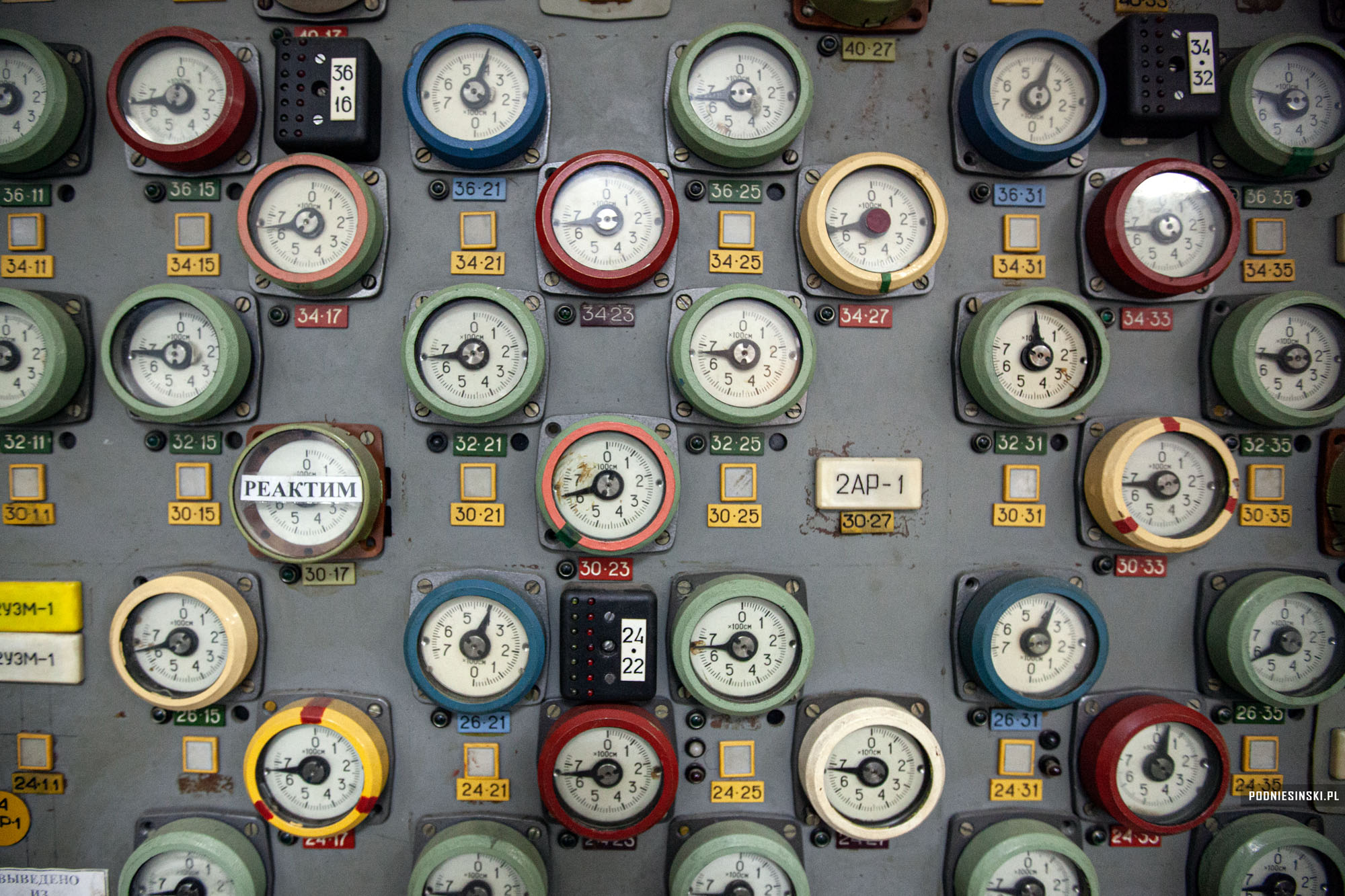
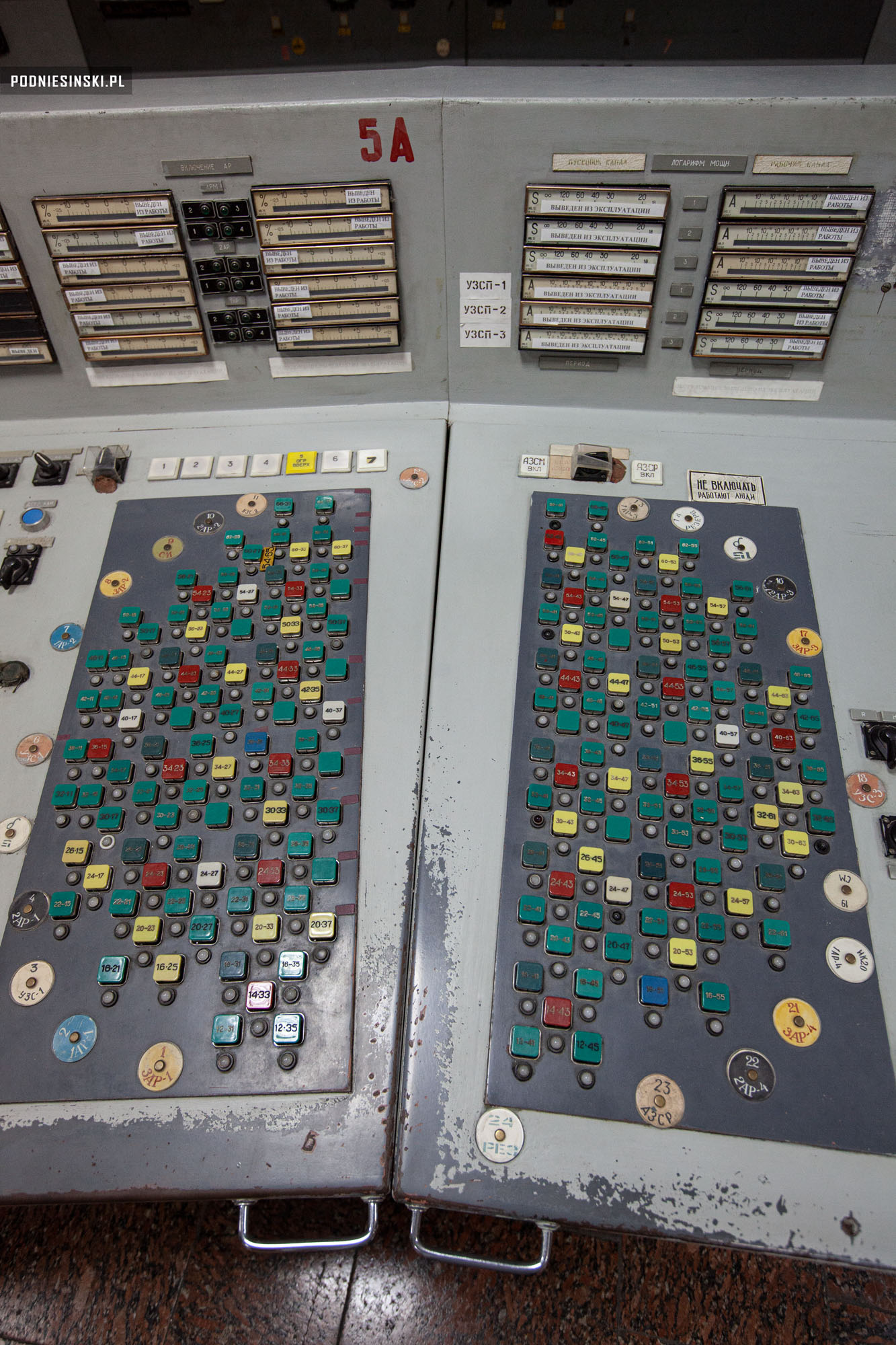
Since we’re talking about interviews, it’s worth mentioning our visits to the abandoned village. Not completely abandoned. A few hundred houses, all empty except two, maybe three. Only a few re-settlers live in them. People who, despite the government’s ban, have returned and live full time in the closed zone. Today they are all around 70-80 years old. At the time of the accident they were already old enough that they couldn’t or didn’t want to find a new place. Their children and grandchildren already live far from the zone and very rarely come to visit their parents and grandparents. Therefore, equipped with food supplies, we go for a visit. The site was depressing.

A married couple. Old, ailing, neglected. The woman is still “up and about”, cheerful, smiling. Her husband, despite being barely able to move, comes to greet us. Despite their age, they must do everything themselves. They have a cow and a couple of turkeys. They eat what they grow or collect themselves. At one time a bus would come once a month to take them to the market. Now even that is gone. But surprisingly, despite her advanced age, the old woman remembers “those” times very clearly. She agrees to talk with us about them. But let’s not get ahead of ourselves, you will have to wait for the premiere of the film to hear the old woman’s story :)
The rest of the residents have left and have never come back. Because they couldn’t.
During this visit, we also found a whole new vehicle burial ground on the outskirts of Prypiat.
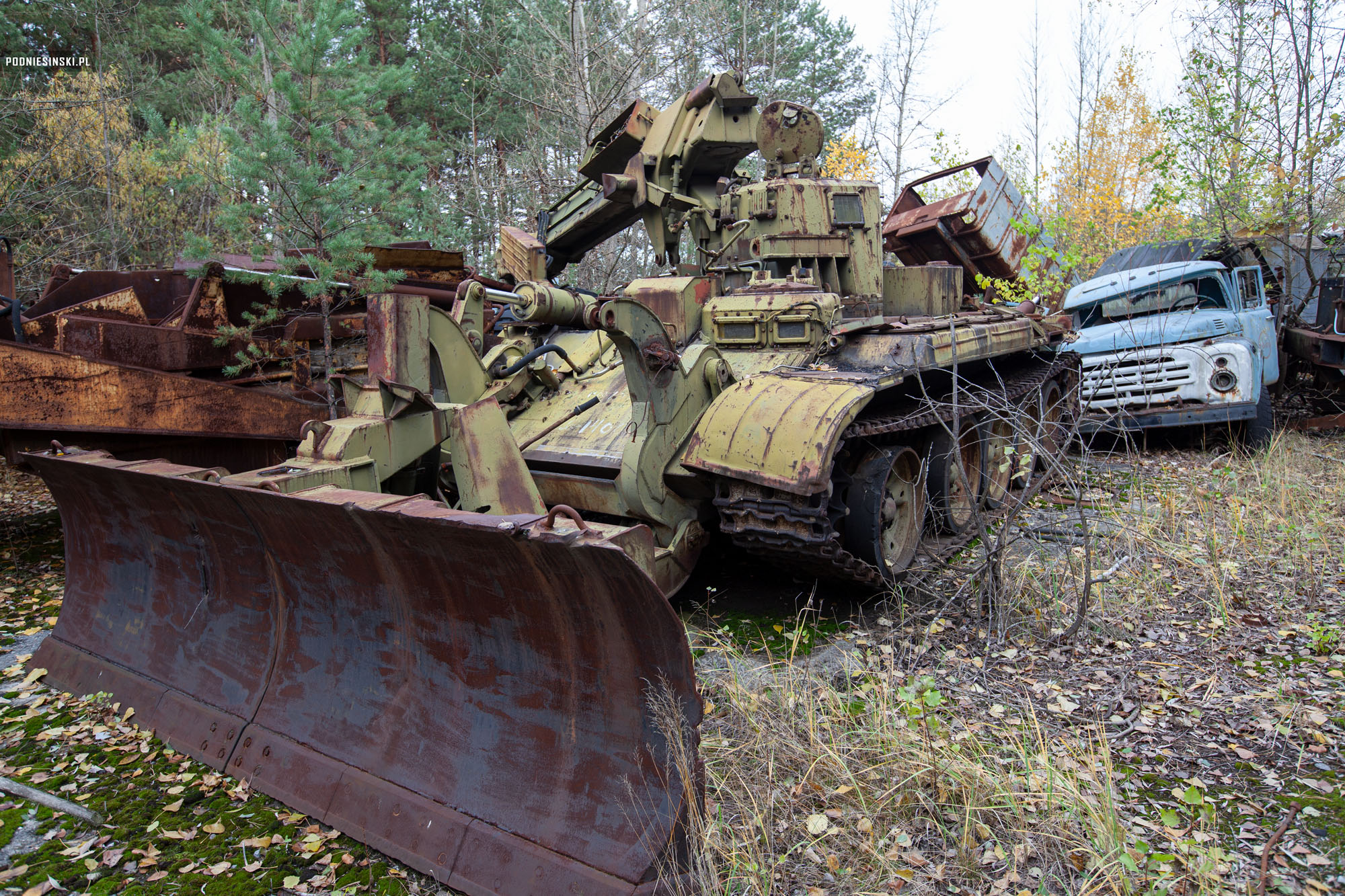
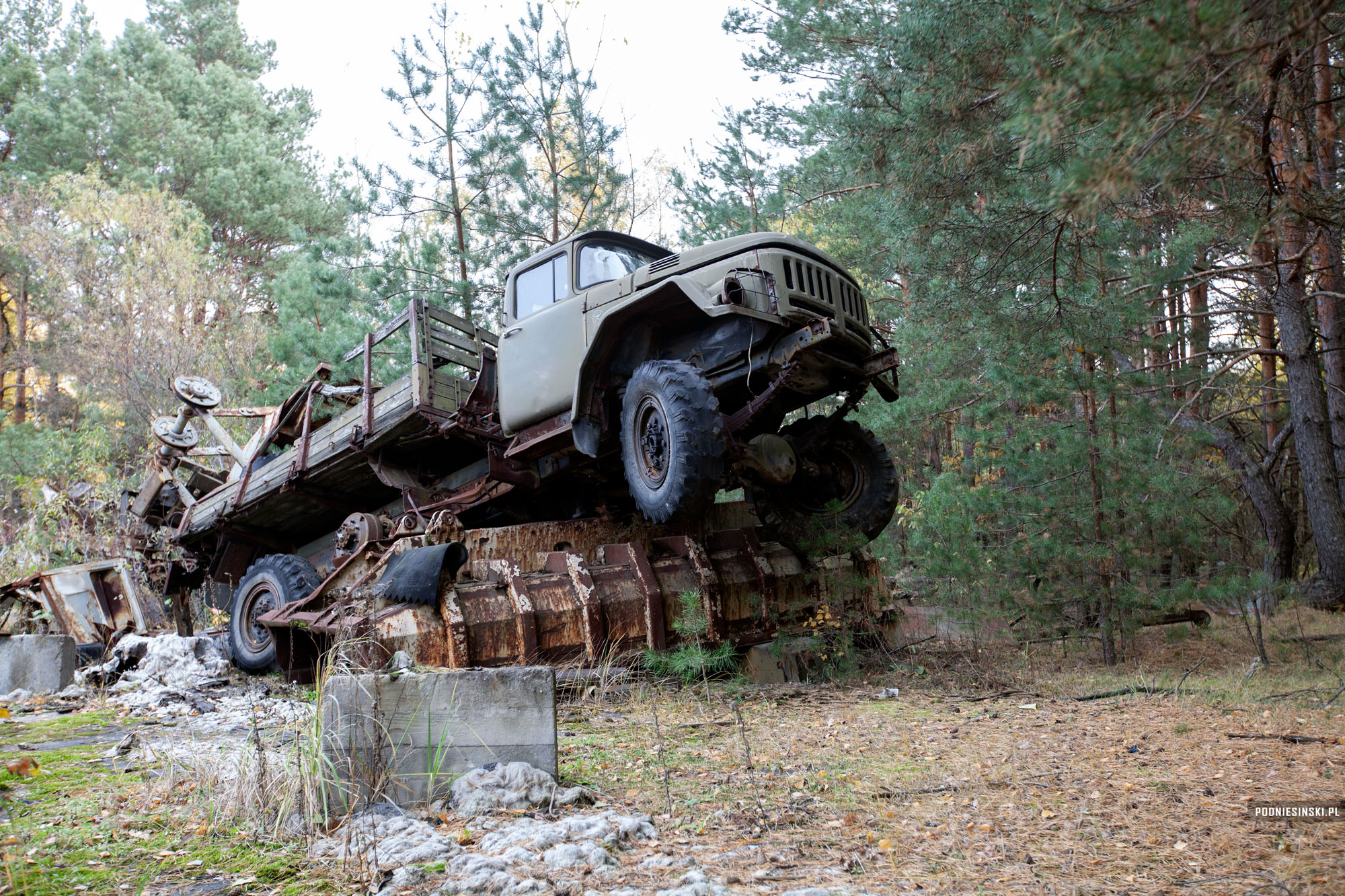
We also returned to the hospital to carefully examine the radioactive room in the basement of the building. The first firefighters burnt while fighting the fire in the plant found their way here. There are scattered pieces of clothing everywhere. Rubber boots, leather boots and ordinary rag slippers. Clothes scattered chaotically. And a firefighter’s helmet. In another room more clothes hang on a hanger, with boots on a shelf next to it.
We had a more precise dosimeter so we also wanted to check the reading. We got the highest reading in the room where the firefighters’ clothes were, right next to them the radiation reached 3.7 mSv/h (0.37 R/h). By the helmet “only” 330 uSv/h (33 mR/h). In this place all common dosimeters simply shut down. They are not capable of measuring the level of radiation here. To put it simply – I don’t recommend venturing this way without specialist equipment.

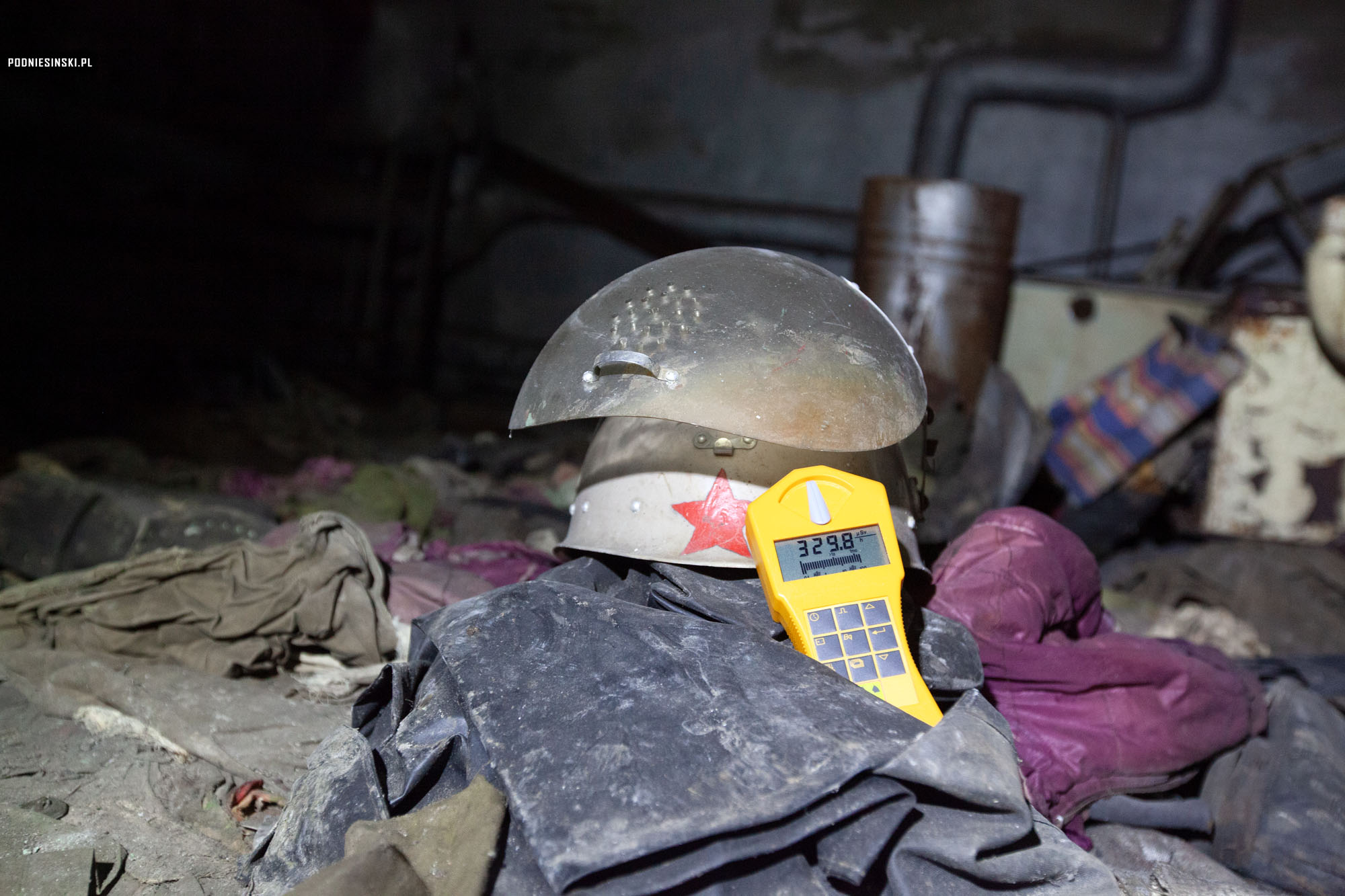

And how are things in Chernobyl itself? Nature is defeating man.
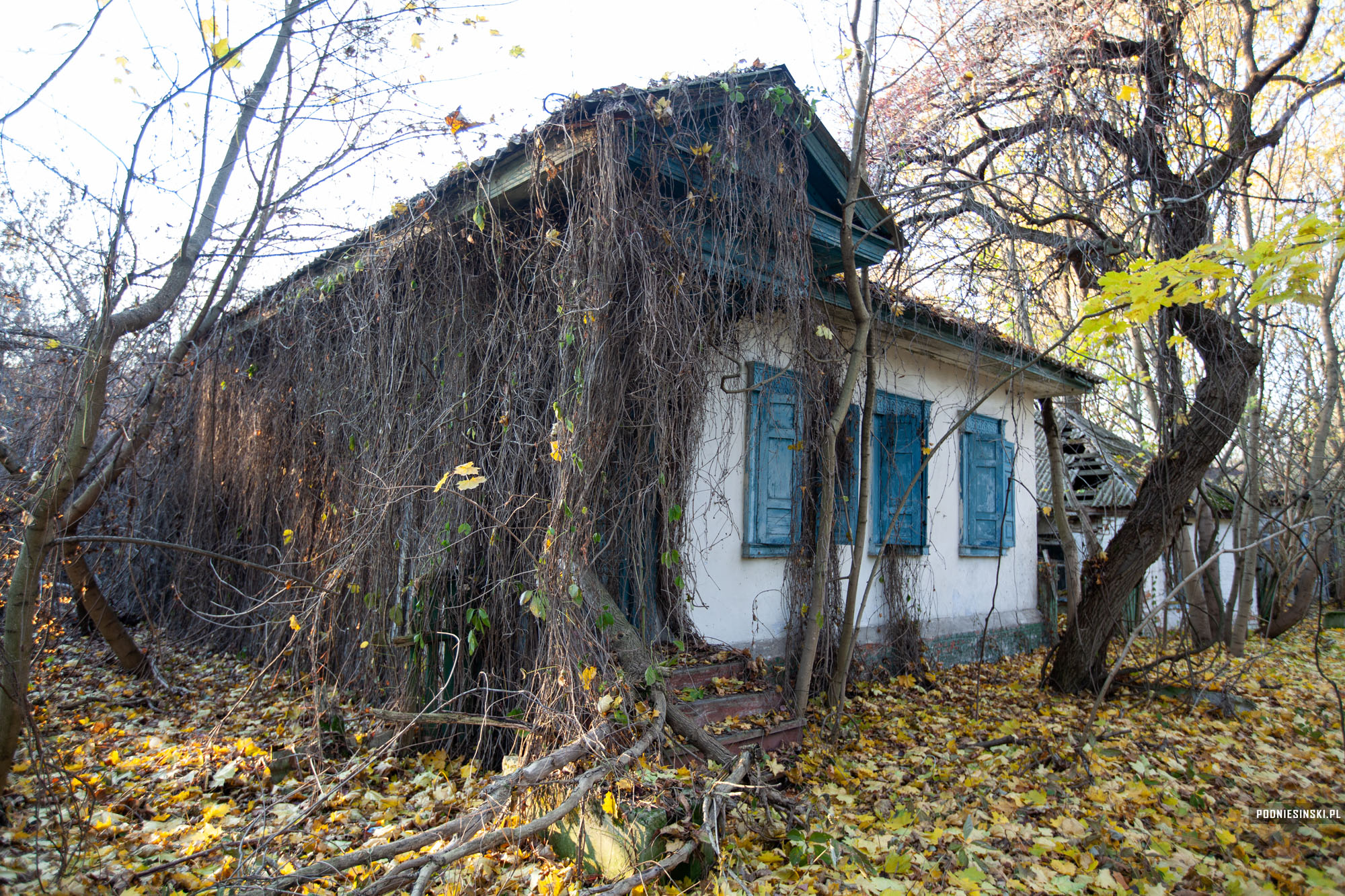
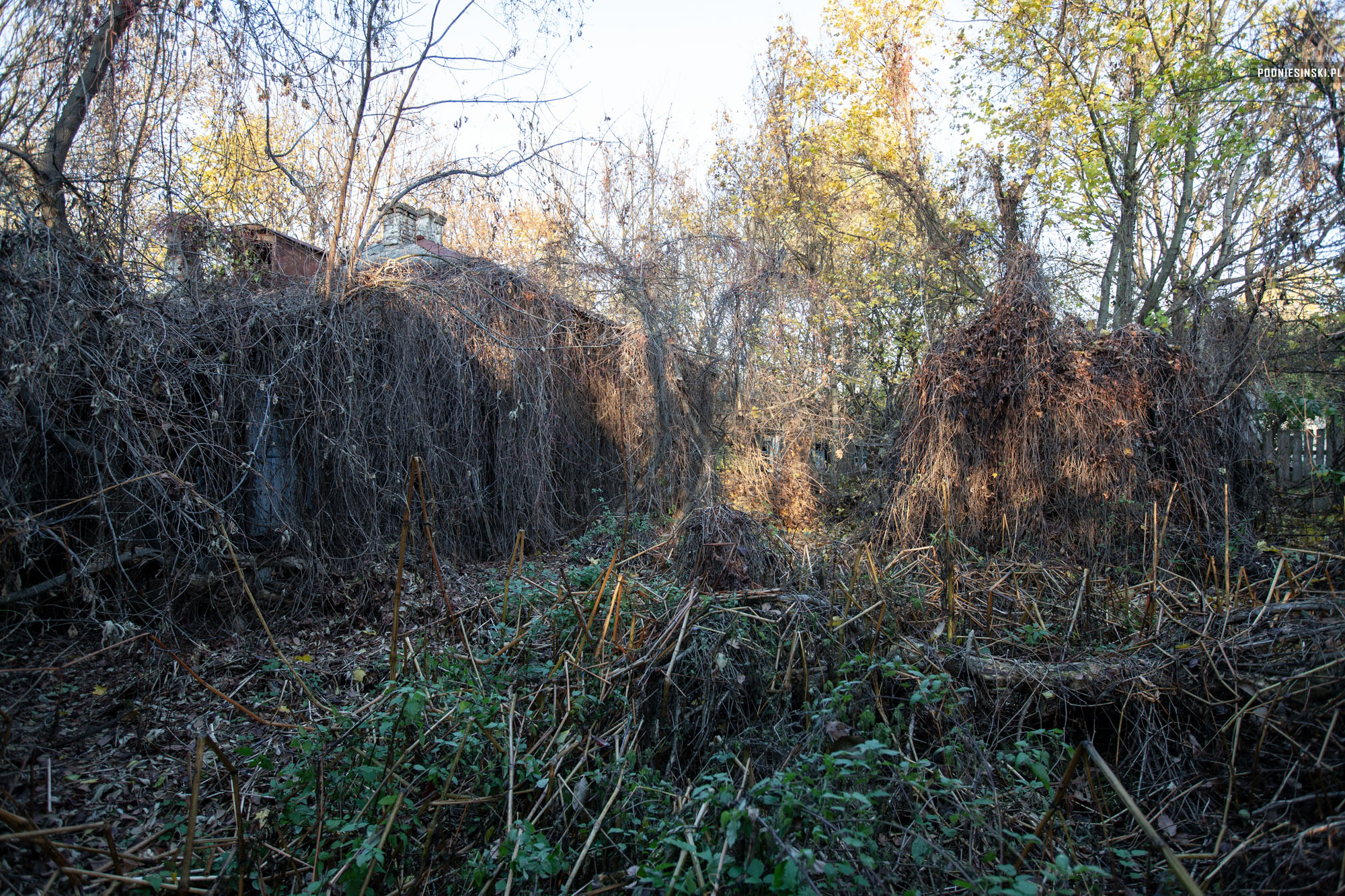
We also keep ourselves amused at night. Lenin Street, once the longest street in Chernobyl. Tens and even hundreds of abandoned houses. Overgrown and often barely visible from the street. Built independently by the people who once lived here. For years, for centuries. For sons, for grandsons. On one of them we find the inscription “I’m sorry, goodbye. My home”.

There is a similarly depressing atmosphere in the cemetery. The oldest graves are over several decades old. Metal crosses, the older ones made of wood. Some decayed, fallen over with age or completely hidden by overgrowth. Soviet symbols – stars, sickles, hammers.
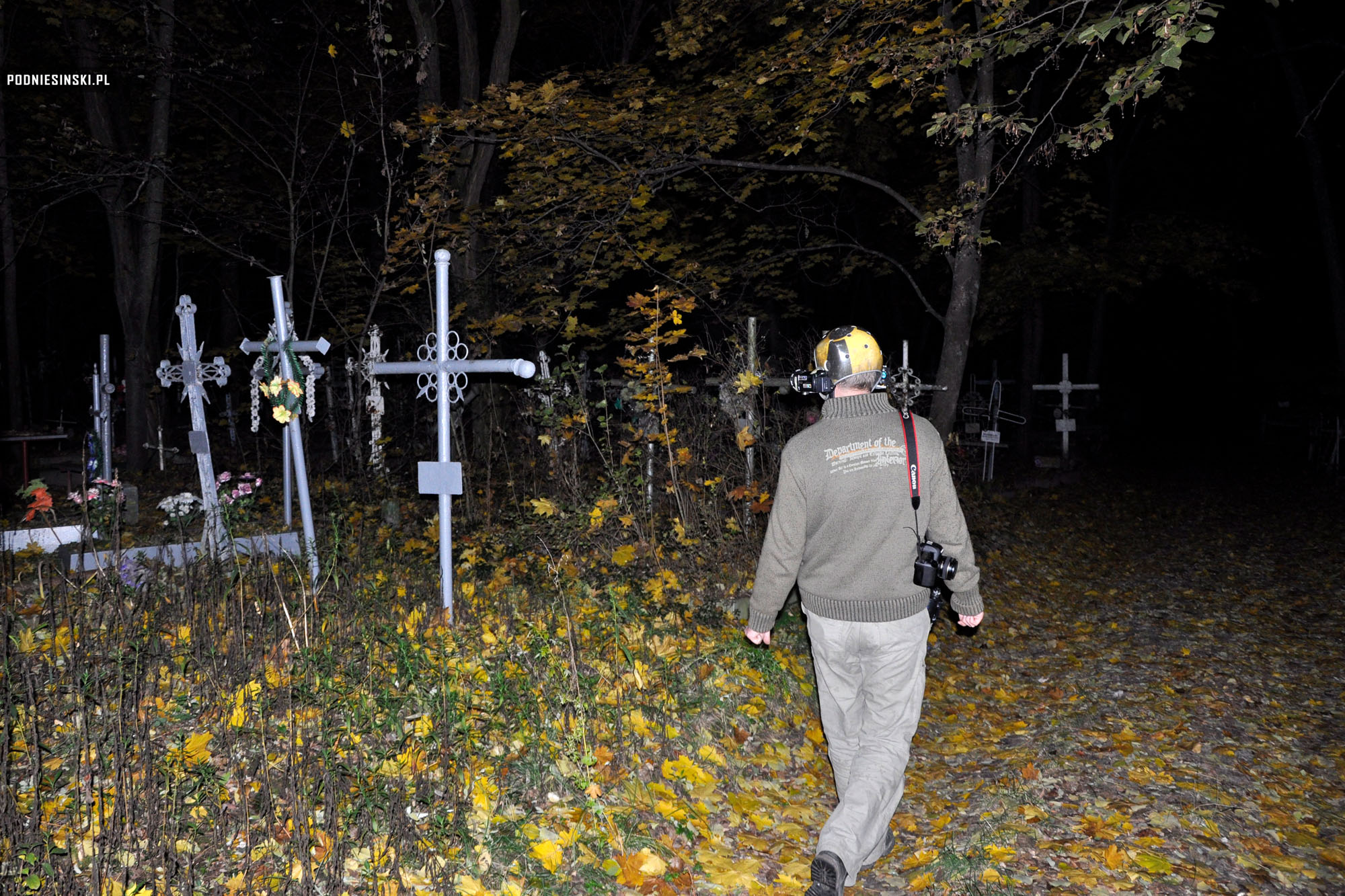
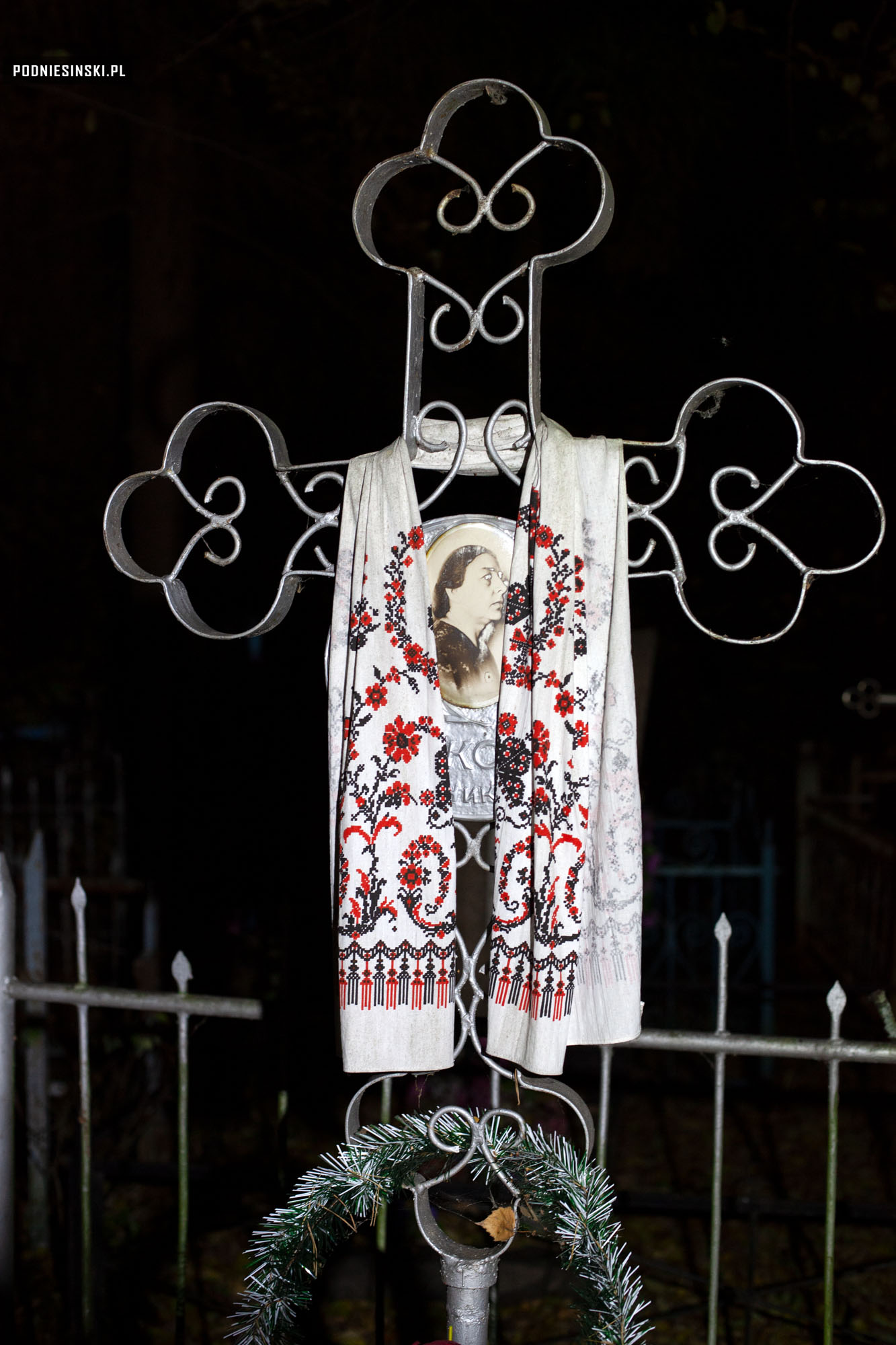
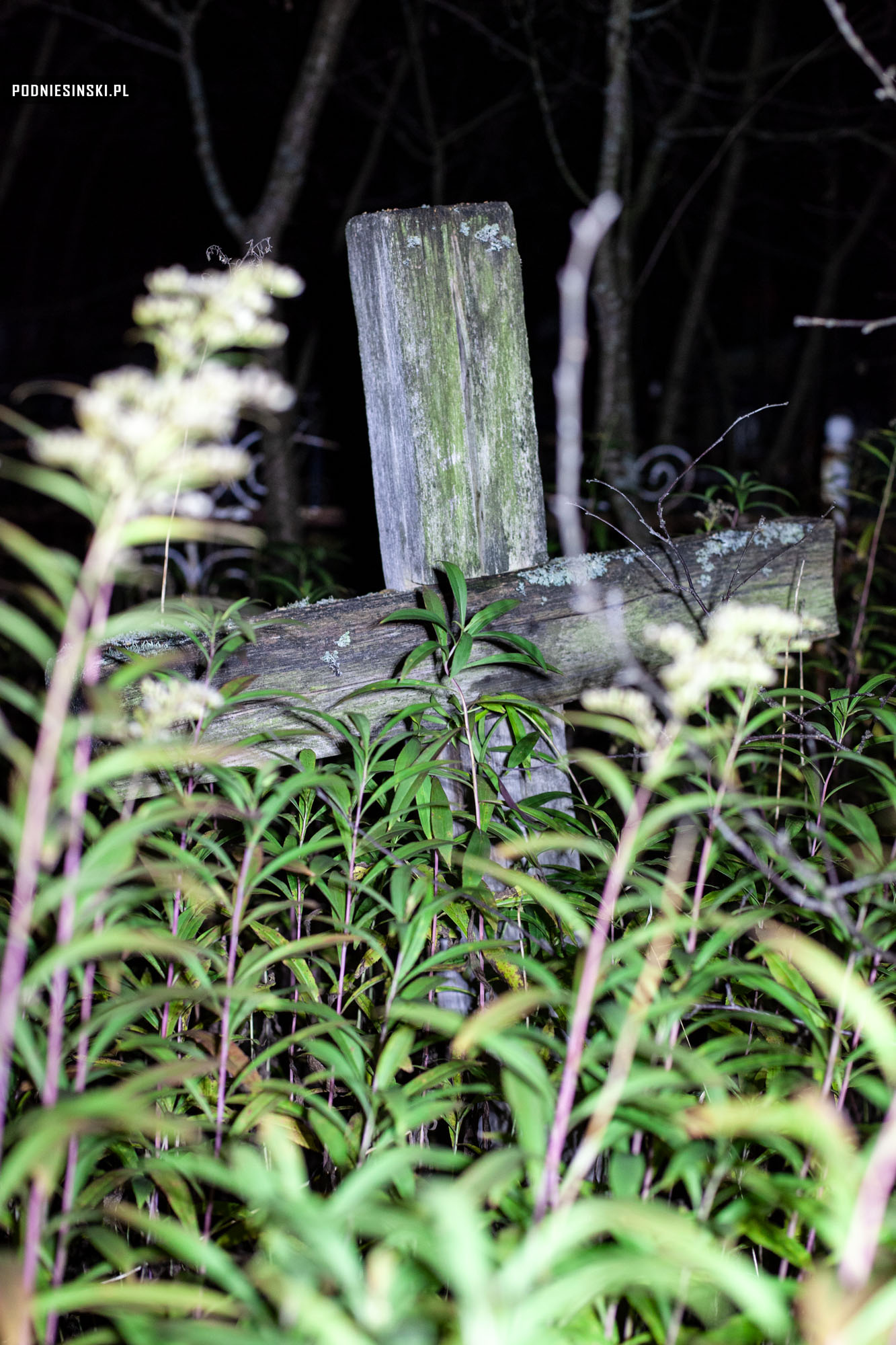

That’s all for now. For now because our next return to the zone is soon. Many people ask me why I’m going there yet again. The reason for this is simple. There are still many more things to see and many projects to carry out. Enough for at least several further trips. Like a visit to block no. 4. It is very difficult to get there, although I always try. Additionally, building works continue on a new sarcophagus, which makes it more difficult to obtain permission. The Ukrainian government has announced that 2011 will be the year in which the “problem of the Chernobyl plant will be completely solved”. This means that in the end the new sarcophagus should cover block 4. Will it succeed? We will wait and see. Will I make it there? I don’t know. The road leading to it is bricked in, but one more narrow entrance leads to the controls of reactor 4…
There are also several places which I’m not allowed to write about at the moment. There are a few unfriendly people who just wait to foil my plans. But if I succeed, one thing is certain. YOU WILL SEE IT!
The zone is still hiding many secrets…
——
The pictures with me in them were made by Steph Theune and Bartek Baczmański.
P.S. If you want to join one of the coming trips please look here.
Previous photo reports from the Zone:





